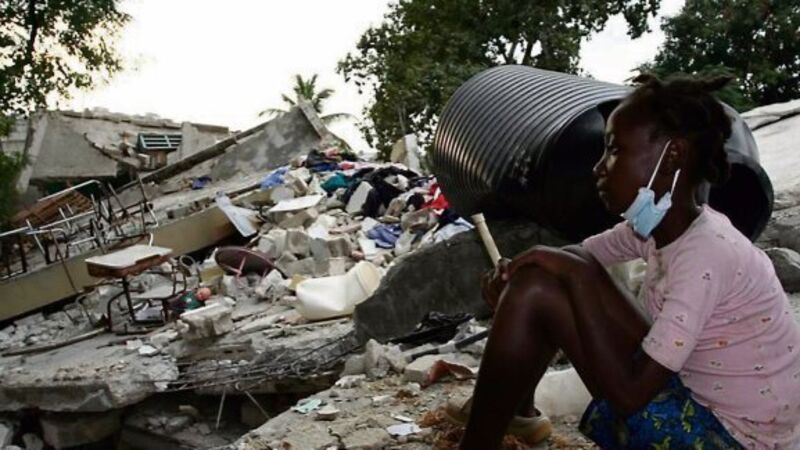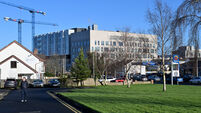Five years after devastating quake, Haiti is making progress

EARTHQUAKES in themselves rarely kill people — poorly constructed buildings do. On this day five years ago, homes, offices, and much of the general infrastructure in Haiti’s capital city crumpled like cardboard when the city was devastated by one of the world’s largest recorded natural disasters.
Earthquakes happen frequently, but what made this one different was its impact on a densely populated metropolis. Up to 300,000 people were killed, including a quarter of the country’s civil servants. A further 300,000 people were injured. All over the city, buildings collapsed, rendering 1.5m people homeless.
These were massive numbers, with the urban impact of the earthquake presenting huge challenges for the rescue and recovery efforts.
And yet, over the past five years, some in the international media and elsewhere have been critical of what they perceived to be the slow pace of the rebuilding and recovery in the country. Of course, such criticism has largely ignored the context in which the disaster struck.
For instance, before the earthquake, Haiti was the poorest country in the Western hemisphere with many complex historical and contemporary issues. Over three-quarters of the population survived on less than $2 a day.
The unemployment rate was estimated at 40.6%. Ongoing climatic risks included seasonal battering by cyclones and hurricanes which regularly destroyed poor housing, crops, and vulnerable livelihoods, as did intermittent and extended droughts.
These issues were key to Concern Worldwide deciding to begin work there as far back as 1994.
Five years on from the disaster and the country is still recovering from the devastation. An urban disaster of this scale would have crippled the wealthiest country in the world, let alone the poorest country in the Western hemisphere.
In the midst of the recovery and rebuilding efforts, Haiti has suffered a cholera outbreak which has killed more than 8,500 people to date, and been battered by Tropical Storm Isaac and Hurricane Sandy. Issues like land rights slowed considerably the resettlement of people in camps.
However, significant progress has been made. That topline number of 1.5m made homeless by the earthquake is now down to 85,000 people in tented camps, and Concern has played a role in this with its Return to Neighbourhoods programmes.
Rates of malnutrition have fallen over the last five years, there are more children in school, and Haiti’s economy is growing. Things are on the right track. This is due in large part to the strength and willpower of Haitians themselves.
Basic services, like safe drinking water and sanitation, are continuing to be provided to those living in camps as long as they exist. Those who remain in the camps represent Haiti’s poorest people, and they need to be supported not only relocate to better homes but also provide a lifeline while the camps are their only option. Teams are working to establish safe water supplies, improved housing, job creation, and vocational training. Ultimately, we plan to support people with the tools to move out of the cycle of poverty.
Today, as we reflect on one of the worst natural disasters of our time, we must recognise the great progress that has been made over the last five years.
Expectations, however, need to be realistic. It will require a greater commitment of resources over the next decade, not just a couple of years. A major challenge is funding for Haiti, which has been decreasing since 2010. Only 46% of the country’s funding needs for recovery and long-term development were met in 2012.
As we mark the anniversary today we should, above all, salute the Haitian people. Their spirit and determination in fighting their way back from such massive personal, communal, and national loss has been nothing short of inspirational.
The road ahead for Haiti is riddled with deep and complex challenges, but our team in Haiti, together with our local partners, will continue to bring life-saving humanitarian relief to Haitians, when needed, while at the same time making investments that root out extreme poverty in families and communities across the country.
Five years on, hope is very much alive in Haiti.
www.concern.net
















